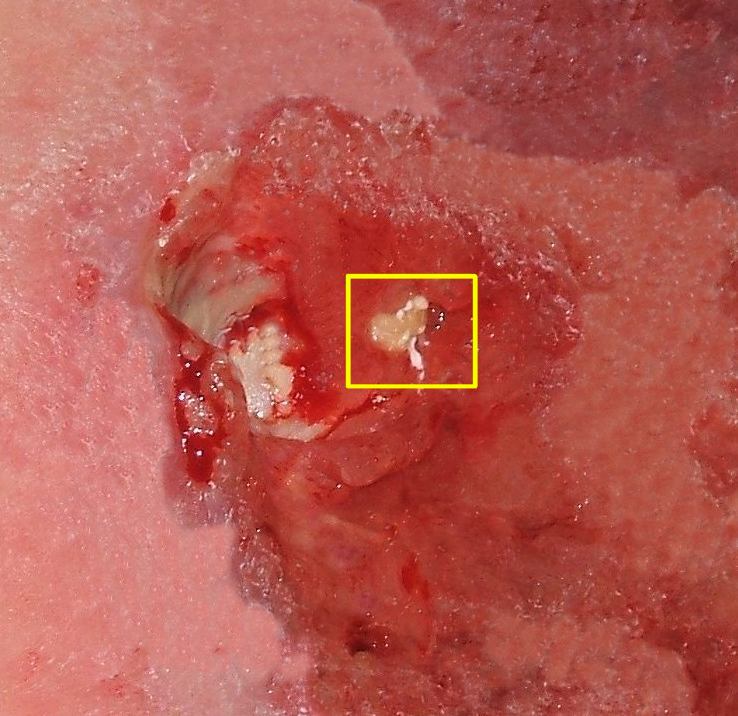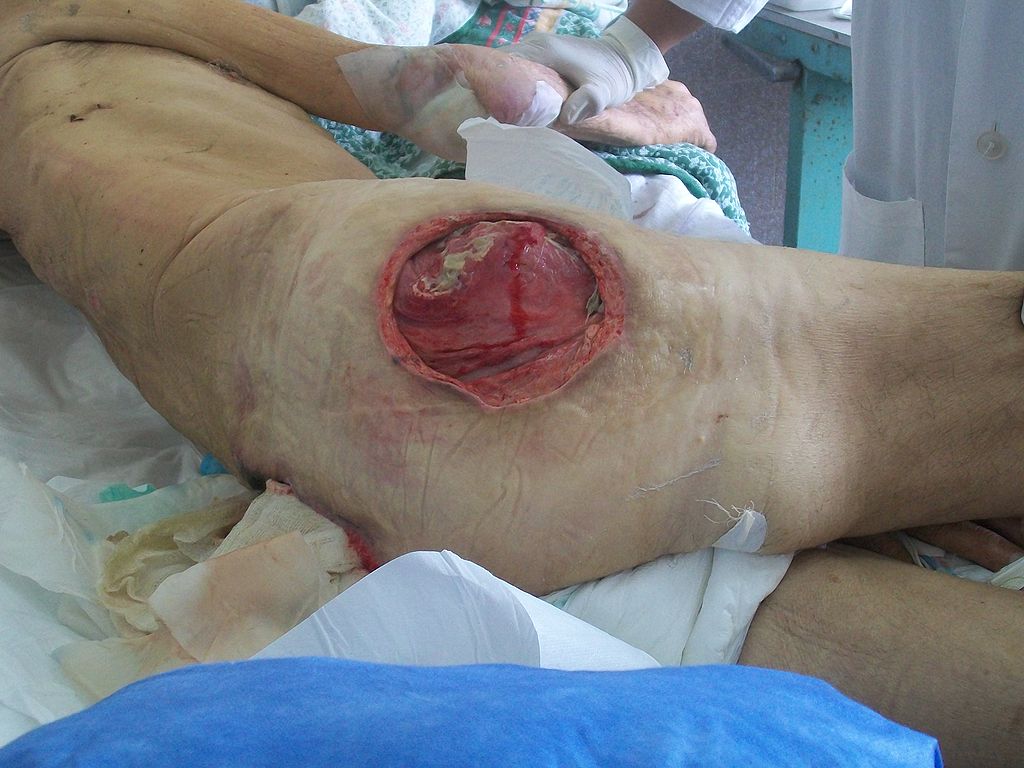When an individual is bedridden or otherwise immobile, unconscious, or unable to feel pain, bedsores can develop. Bedsores are ulcers that form on pressure points on the skin as a result of continuously lying in bed, sitting in a wheelchair, or wearing a cast.
Bedsores can be a major problem for elderly people. They may be linked to the level of care provided to the individual. Bedsores can develop if an immobile or bedridden person is not turned, positioned correctly, and given proper nutrition and skin care. Diabetes, circulatory problems, and poor nutrition put people at risk. Meanwhile, here is an updated list of the best real money pokies you can play anytime and anywhere.
Bedsores and Their Causes
Long periods of lying on one part of your body provoke your skin to break down. These sores are especially common in the areas around the hips, heels, and tailbone. Other factors that can increase your chances of having bedsores include:
- Circulation issues
- Moisture in excess
- Urine and feces irritate the skin.
- Friction, such as when sheets are dragged out from under a person who is confined to bed.
When the skin’s blood supply is cut off for more than 2 to 3 hours, bedsore develops. Bedsore begins as a red, painful area that eventually turns purple as the skin dries. If the skin is not addressed, it can become infected and break open. Deep bedsores can develop. It can penetrate muscle and bone. When bedsore develops, it can take a long time to heal. Bedsores can take days, months, or even years to heal, depending on their severity, the person’s physical situation, and the existence of other diseases such as diabetes. They may need surgery to help them recover. Bedsores are common on the:
- Buttocks area, on the tailbone or hips, there is also treatment for bedsores specifically for the buttocks area.
- Heels of the feet
- Shoulder blades
- Back of the head
- Backs and sides of the knees
Bedsores: Risk Factors
Bedsores are more likely to develop if you are bedridden, unconscious, unable to feel pain, or immobile. If the person is not turned, positioned correctly, or given proper nutrition and skin care, the risk increases. Diabetes, cardiovascular disease, and malnourishment are all risk factors. You can also visit choiceonlinecasino to find the best UK online casinos in 2022.
Bedsores Signs and Symptoms
- Stage 1. The affected area appears red and is warm to the touch. The area may appear blue or purple on darker skin. It may also burn, hurt, or itch the person.
- Stage 2. With an open sore, scrape, or blister, the area appears to be more damaged. The individual is in a great deal of pain, and the skin all around the wound may be discolored.
- Stage 3. Due to damage beneath the skin’s surface, the area has a crater-like appearance.
- Stage 4. The area has been severely damaged, and there is a large wound. Muscles, tendons, bones, and joints are all possible targets. At this point, infection is a serious concern.
Bedsores Complications
It can take several days, months, or even years for a bedsore to heal. It can also get infected, resulting in a fever and chills. It can take a very long time for infected bedsores to heal. It can also lead to mental confusion, a fast heartbeat, and generalized weakness as the infection spreads throughout your body.
Bedsores Prevention
Bedsores can be avoided by checking the skin every day for areas of redness, which is the first sign of skin breakdown, paying special attention to bony areas. Other ways to avoid bedsores and keep existing sores from getting worse include:
- Every 2 hours, turn and reposition.
- In a wheelchair, sitting upright and straight, changing positions every 15 minutes.
- Soft padding in wheelchairs and beds to alleviate pressure.
- Take care of the skin by keeping it clean and dry.
- Providing adequate nutrition because bed sores cannot heal without enough calories, vitamins, minerals, fluids, and protein, no matter how well they are cared for.
Emuaid for Bedsores
Emuaid, a potent blend of natural ingredients and science, soothes and heals bedsores and ulcers by reducing inflammation and speeding up the healing process. Within 48 hours, some users claim to have noticed a significant difference. Emuaid works by increasing blood flow to the infected area quickly, allowing the blood to fight the infection and regenerate new healthy skin. Emuaid relieves the symptoms of difficult-to-treat skin conditions like shingles, dermatitis, lichen sclerosis, oak & sumac, cellulitis, eczema, hemorrhoids, poison ivy, and fungal infections, and other itchy, painful conditions in addition to bedsores. Emuaid also comes with a 30-day money-back warranty if you are unhappy with it. Also, Emuaid is one of the best sore creams that you can buy over the counter. As a result, it is one of the most popular over-the-counter bedsore creams.
Prevent Bedsores by repositioning
If you use a wheelchair, you should change positions every 15 minutes. If you spend the majority of your time in bed, change positions every two hours, even if it’s in the middle of the night, and avoid lying directly on your hipbones. Pillows can be used to create a soft barrier between your skin and the bed or chair. The head-of-bed elevation should be kept at 30 degrees or less. Alternatively, depending on your medical condition, the bed should be elevated to the lowest level possible to avoid injury. A 30-degree position should be used when lying on your side.
Preventing Bedsores with Daily Skin Care
- Check the skin for redness or discoloration at least once a day.
- Maintaining the proper moisture level for the skin, as damage is more likely when the skin is either too dry or too moist.
- To keep skin supple and prevent dryness, use moisturizing products.
- Because the skin is so delicate, never massage bony areas.
Bedsores Prevention Diet and Lifestyle
- Aim to eat a balanced, healthy diet. This includes a healthy diet and plenty of water. Check with your doctor about vitamin and nutritional supplements if necessary.
- Pressure sores can be caused by low body weight or being overweight, so make sure you keep a healthy weight.
- Protein, fluid, and energy intake should be enhanced if you are undernourished or at risk of malnutrition.
- Keep in mind that good hygiene is important.
- Maintain appropriate levels of activity.
- Make certain you stop smoking.


